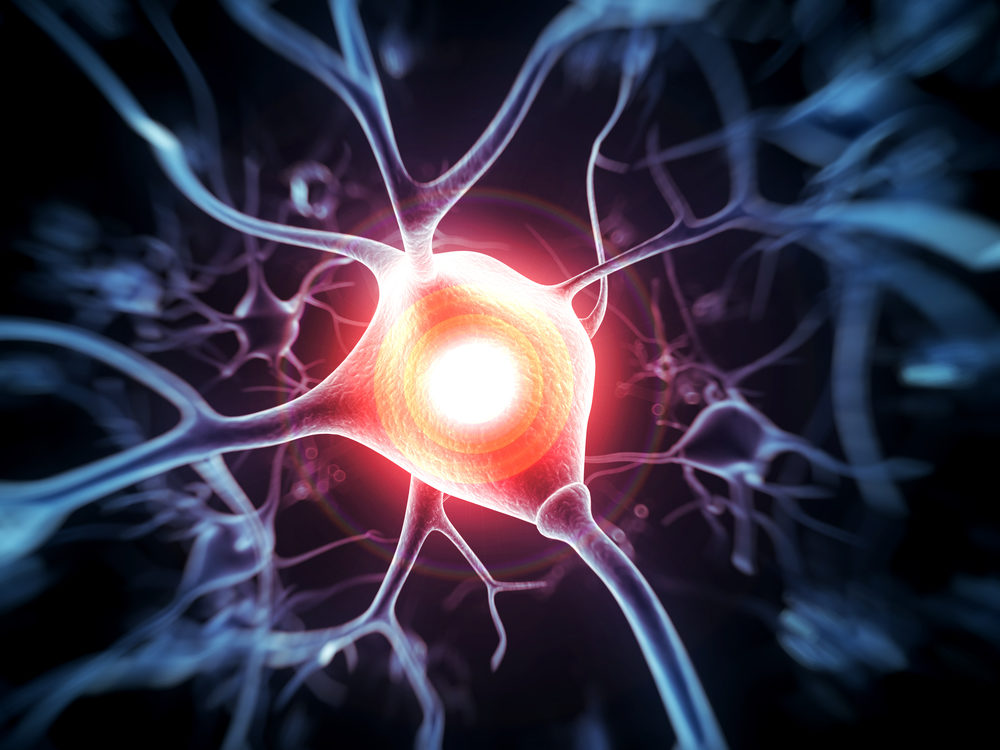
© Als News Today
Can knowledge acquired during a lifetime be passed on to future generations? Using
innovative technologies such as
CRISPR-Cas9,
optogenetics, and small RNA-sequencing analysis, scientists are closer to answering this question. On June 6, 2019, researchers at Tel Aviv University published in
Cell a landmark study that shows how cells in the nervous system pass on information to future generations in worms.
A research study led by professor Oded Rechavi at the Department of Neurobiology, Wise Faculty of Life Sciences and Sagol School of Neuroscience, at Tel Aviv University
led to the discovery of an RNA-based mechanism that enables neuronal responses to environment to be translated into heritable information that affects the behavior of progeny in Caenorhabditis elegans (C. elegans) nematodes, a type of worm."We propose that small RNA regulation is a mechanism that allows the nervous system to communicate with the germline affecting the behavior of the next generations," wrote the team in the study co-authored by Rechavi's students Rachel Posner, Itai Toker, and their research collaborators.
The researchers wrote that the concept "that the nervous system can control the progeny" directly challenges "one of the basic dogmas of biology"- the Weismann Barrier.
Named after German biologist, geneticist, and University of Freibourg professor August Weismann (August Friedrich Leopold Weismann, 1834-1914), the Weismann Barrier distinguishes soma cells of the body and germ cells (egg and sperm) and states that hereditary information moves in one direction from the germline cells to
somatic cells.
Weissman put forth his germ-plasm of inheritance in his book released in in 1892 titled
Das Keimplasma: Eine Theorie der Vererbung that was translated into English a year later. Acquired characteristics are traits that are acquired by an organism due to environmental influences during its lifetime. Weismann's germ-plasm theory states that acquired characteristics are traits of soma (body) cells, and are not passed to future generations, and changes to the germ-plasm due to environmental influences can impact inheritance. Weismann's theory attributes the cause of variation to external environmental factors such as diet.
To understand the heritable effects of neuronal small RNAs, the researchers engineered worms to produce RDE-4 dependent endo-siRNAs only in neurons.
The team used a wide variety of cutting-edge tools for the study. Gene editing tool
CRISPR-Cas9 was used to create a variant form of a gene, or mutant allele. The team also used calcium imaging analysis, GCaMP2, a genetically encoded calcium indicator (GECI) that enables the observation of neuronal activities in living organisms. In this case,
optogenetics enabled the researchers to record the activity of the worms' neurons.
"Neurons-specific synthesis of RDE-4-dependent small RNAs regulates germline amplified endogenous small interfering RNAs (siRNAs) and germline gene expression for multiple generations," wrote the researchers. They discovered that "neuronal RDE-4 controls chemotaxis for at least three generations via the germline-restricted ArgonauteHRDE-1." In other words, the researchers demonstrated that small RNAs in neurons regulate germline genes to control the behavior of future generations.
"In the future, it would be fascinating to investigate whether neuronal processes, and perhaps even decisions computed by neuronal circuits, can change inherited materials in meaningful ways," wrote the researchers. "Namely, whether, by influencing heritable small RNAs, the nervous system can generate adaptive value."
The groundbreaking discovery of an RNA mechanism that allows cells in the nervous system to communicate with germ cells to enable the transmission of information to future generations in worms raises additional questions. What are the possible implications for genetics, epigenetics, evolution, and intelligence? Does this hold true as well for mammals and humans? The answer to these questions requires additional neuroscientific research in the future.
ReferencesPosner, Rachel, Toker, Itai Antoine, Antonova, Olga, Star, Ekaterina, Anava, Sarit, Azmon, Eran, Hendricks, Michael, Bracha, Shahar, Gingold, Hila, Recha, Oded. "Neuronal Small RNAs Control Behavior Transgenerationally."
Cell. June 6, 2019.
The Embryo Project at Arizona State University. "August Friedrich Leopold Weismann (1834-1914)."
Embryo Project Encyclopedia. Retrieved 6-9-2019 from https://embryo.asu.edu/search?text=August%20Weismann
Reader Comments
to our Newsletter